Best Feeding Essentials for Baby (purees & baby-led weaning)
Looking to make your own homemade baby food but not sure what kitchen items you will need? This guide will go into detail on which equipment, tools, and feeding essentials you will need to feed your baby successfully. Great for 6-12 months.

Feeding Essentials for Baby
Do you want to make homemade baby food, but you’re not sure what equipment and tools you need?
Then look no further!
This guide has it all for you – what feeding essentials you need for your baby and what tools and equipment you need to have in your kitchen to start making your own food.
I have spent 10 years and hundreds of hours making my baby food, which means I have tried out all the gear for you. My hard work is your gain!
While most of the feeding essentials and tools are the same for both baby food purees as well as baby-led weaning, I will go into detail about what you need for both.
Is it your first time making homemade baby food? If you answered yes, then I suggest you start this journey by reading my in-depth Guide on How to Make Homemade Baby Food. The detailed article goes over all the essential information such as the best cooking tools to have on hand, safe storage, knowing when your baby is ready for solids, introducing purees, making the best first foods for baby, and more! You can also check out my best-selling cookbook for even more information and recipes.
How to Make Baby Food Video
Watch this video to see how easy it really is to make homemade baby food!

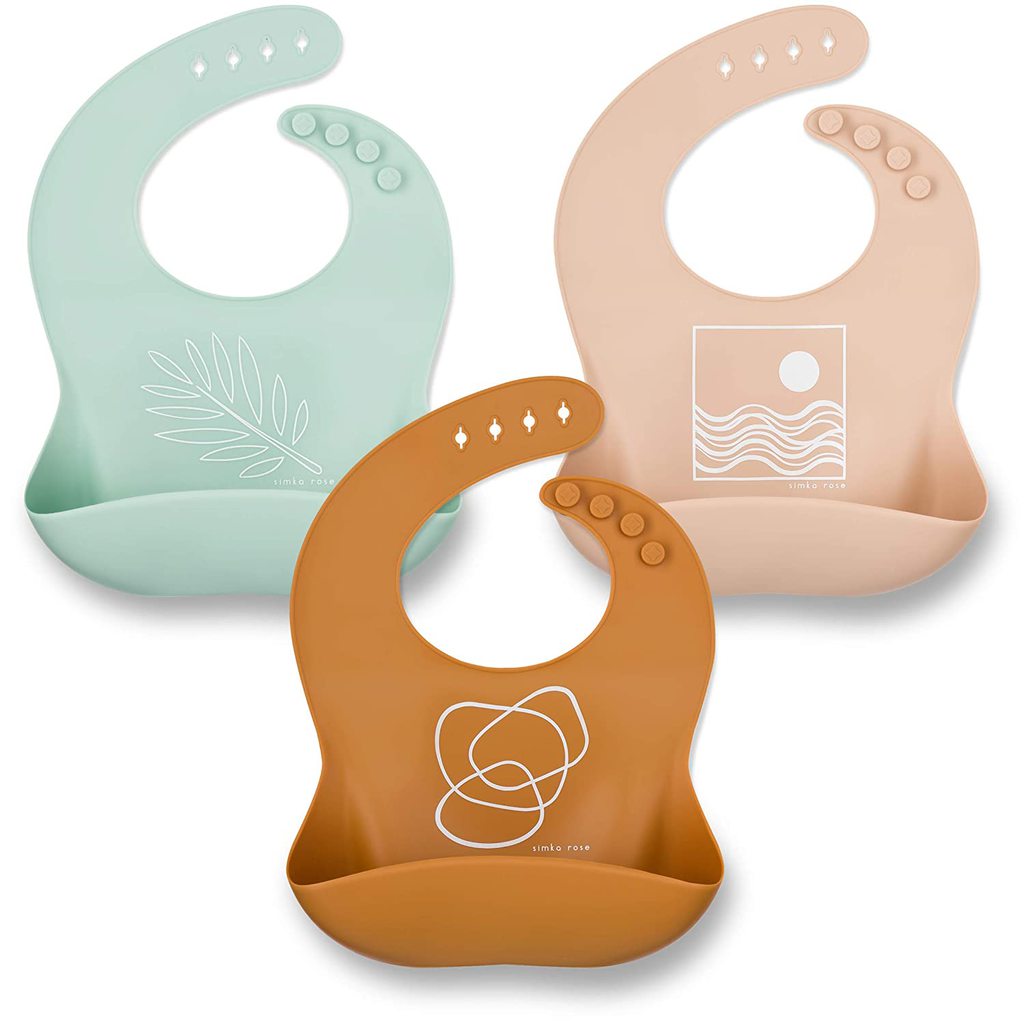
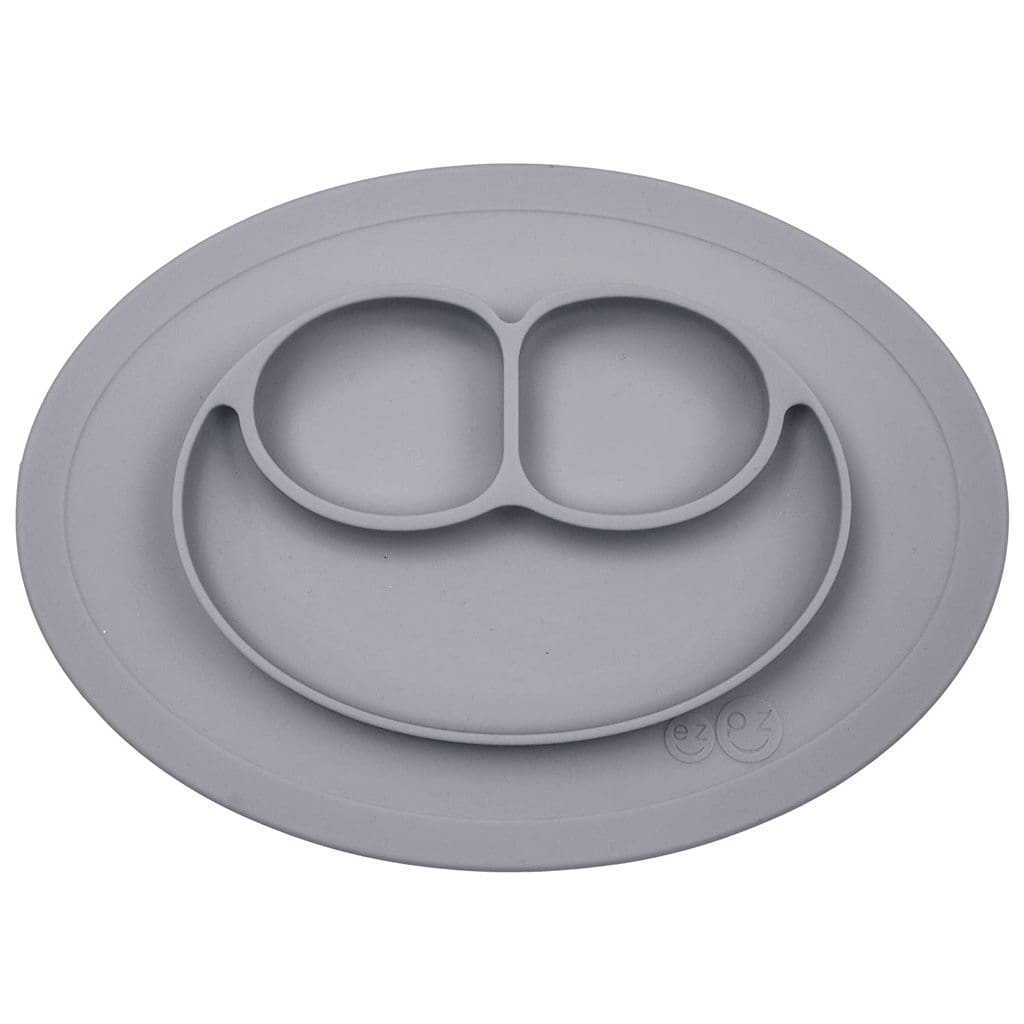

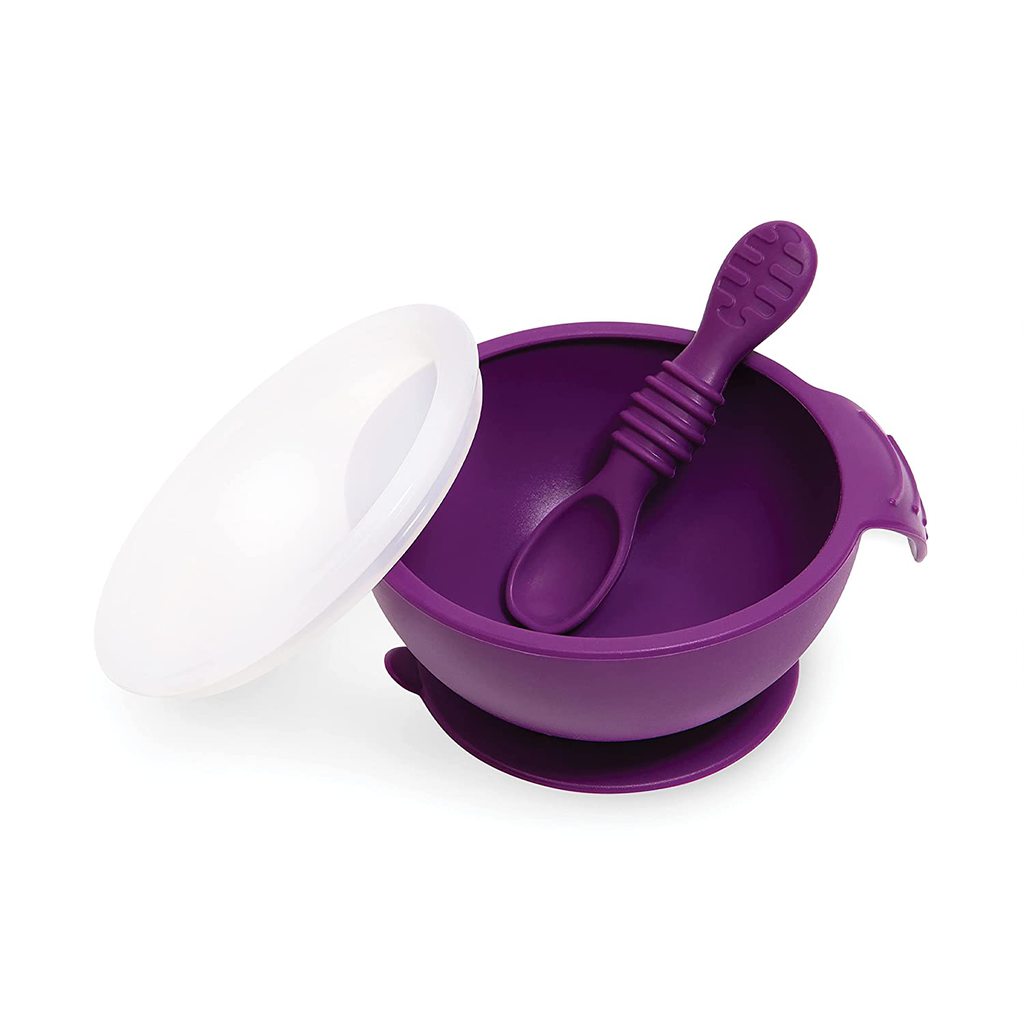
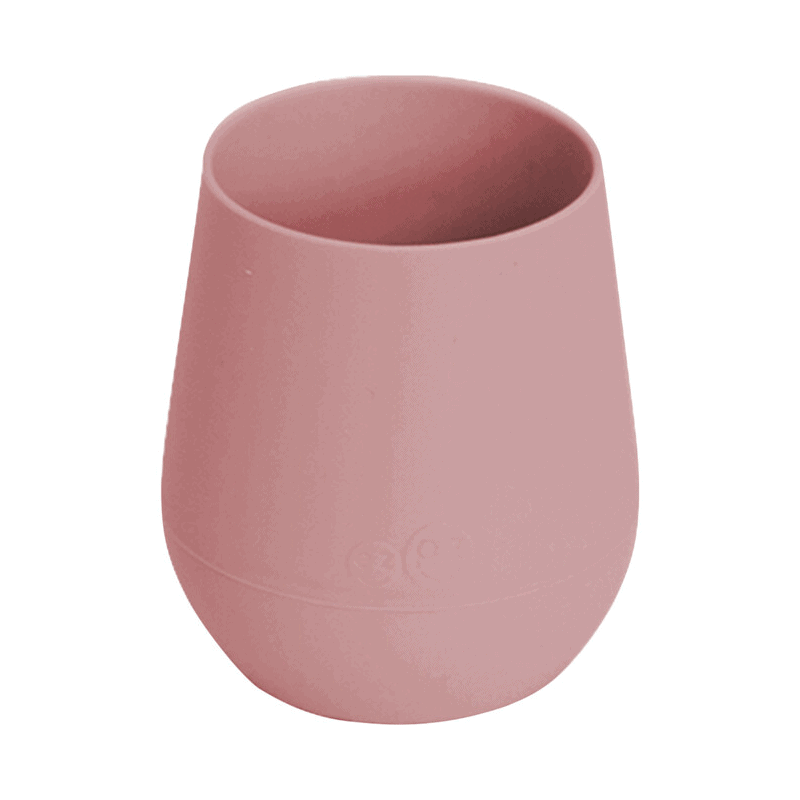
Baby Feeding Essentials
From high chairs to spoons – this is a shortlist of the essentials you need to feed your baby.
- High chair: You will need a high chair to help keep your baby from moving around while eating. It’s also there to give baby the support they need to have proper form while they eat.
- Suction bowl or baby bowl: A small bowl with high sides is perfect for serving your homemade purees to your baby. We like suction bowls as they tend to stay on the table or high chair once baby starts to self-feed.
- Baby spoon: You are going to need several spoons for your baby. There are spoons made for baby purees, spoons that are made for baby-led weaning as well as some spoons made to help teach baby to self-feed.
- Open lid cup: To help your baby transition from breast or bottle to a cup, you will need a sippy cup or open lid cup. For more information, read our guide on Best Sippy Cups for Baby.
- Bib with catch pocket: Great for keeping those cute baby clothes clean. A catch pocket is great for when they start to eat finger foods.
- Sleeved bib: If you are doing baby-led weaning or a combo of purees and BLW, then we recommend this sleeved bib to keep your baby clean when things get messy.. and they will get messy.
- Splat mat to cover the floor: A ‘fun’ phase most babies go through is dropping things on the floor – cups, spoons, plates, foods, etc. This just helps keep your floors looking not so messy.
- Baby wipes: To wipe down baby, the table, your floor, your face and hair, you name it – baby wipes are up for the job.


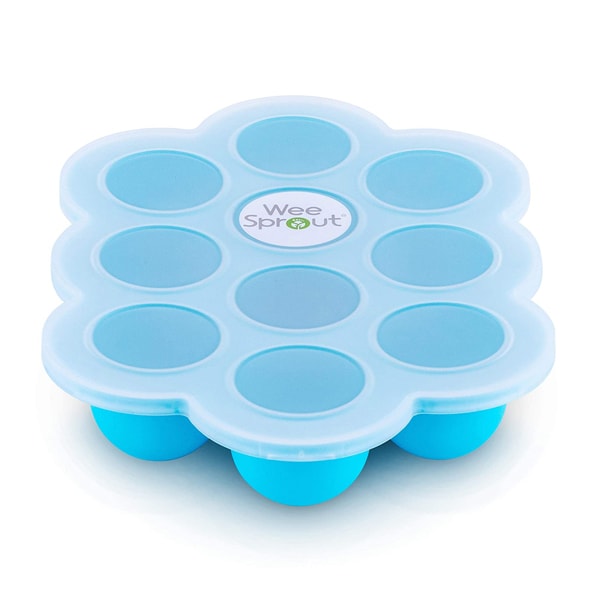
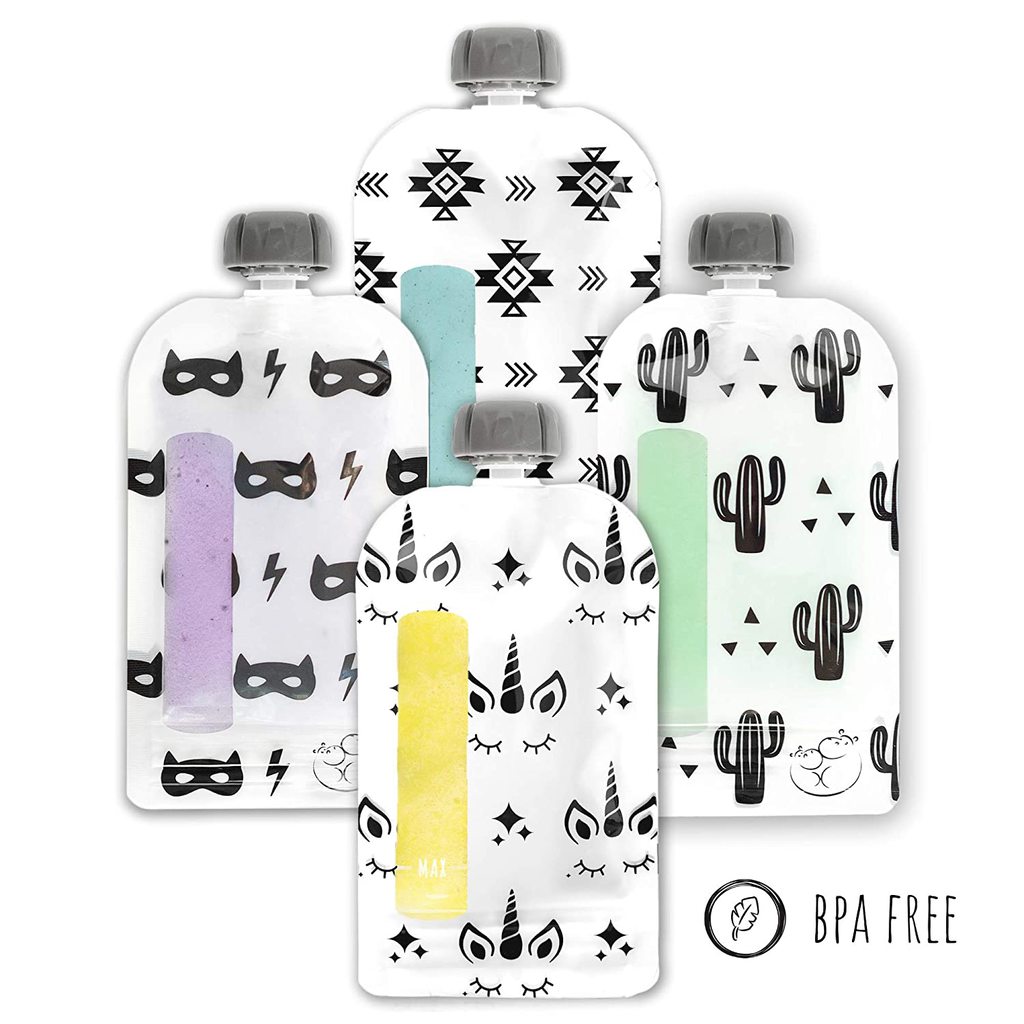
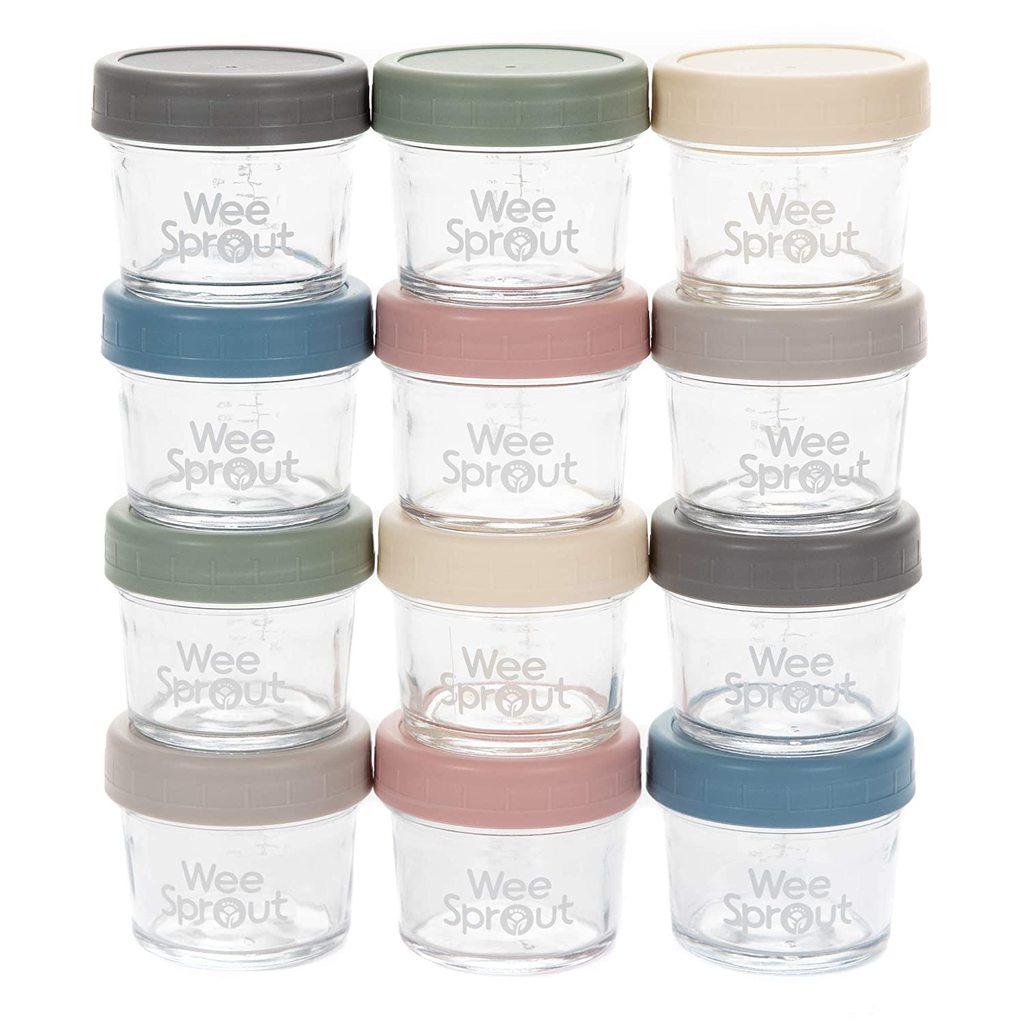

Top Tools for Making Baby Purees
While most of these kitchen tools you may already have in your kitchen, here is what you will need in order to make homemade baby food.
- Blender or food processor: It doesn’t need to be fancy, but if you are going to make homemade baby purees, you will need a blender or a food processor. Since this is a piece of kitchen equipment that you will use for years, I think the price makes up for the value. For a budget-friendly blender, I would recommend the Ninja Professional Countertop Blender.
- Baking sheet: Most likely you already have these in your kitchen, but you will use them to roast and bake fruits and vegetables before you blend them.
- Saucepans: You will need a saucepan or two to cook the produce before you puree it.
- Steamer insert with lid: I love my steamer insert and use it all the time. For baby, you will be using it to steam the fruit and veggies to make them soft enough to blend. You can also use these Two-Pack Vegetable Steamer Baskets instead of an insert. I do think the insert holds more produce than the baskets do.
- Knives: Another item you probably already have, but you will need something to cut up fruits and veggies.
- Veggie peeler: Invest in this good set, and your fingers will thank you.
- Spatula: For scraping the inside of the blender or food processer.
- Freezer tray: Once you blend your purees, you can freeze them in these freezer trays. WeeSprout is my favorite tray as they have a good size portion, a lid that clicks on so you can stack your trays and the frozen purees are easy to pop out. You can also use this tray for freezing breast milk. I would recommend you get 4-6 of these trays. Another budget-friendly option is the 3 Pack of Silicone Ice Cube Molds Tray with Lid. For more information, read our guide on Best Baby Food Storage Containers.
- Storage containers for fridge: While the above is good for freezing, these containers are great to use for keeping a stash of baby purees in the fridge or because they are leak-proof, they are also great for filling with your favorite puree before tossing it into your diaper bag for an on-the-go meal for baby. For a BPA-Free plastic version, I recommend the WeeSprout Baby Food Storage Containers. Again, for more information, read our guide on Best Baby Food Storage Containers.
- Stasher bag: Once you freeze your purees, you can pop them out of the trays and put them inside a stasher bag or zip-lock baggie to store for 3-4 months in the freezer.
- Reusable pouches: These pouches are great for both babies and toddlers. For babies, you can store all of your baby purees in these pouches and then just take them out and defrost in the fridge as needed. Great for daycare, outings in the park, or traveling. For toddlers, you have yourself a quick and healthy snack! You will seriously get your money’s worth out of these reusable pouches. If you tend to be messy in the kitchen, a Mini Collapsible Funnel is nice to help get the purees into the pouches.. just saying;)
- Baby food maker: If you want an option to have a little help making homemade baby food then this is my all-time favorite baby food maker. Read more about the Best Baby Food Makers here.

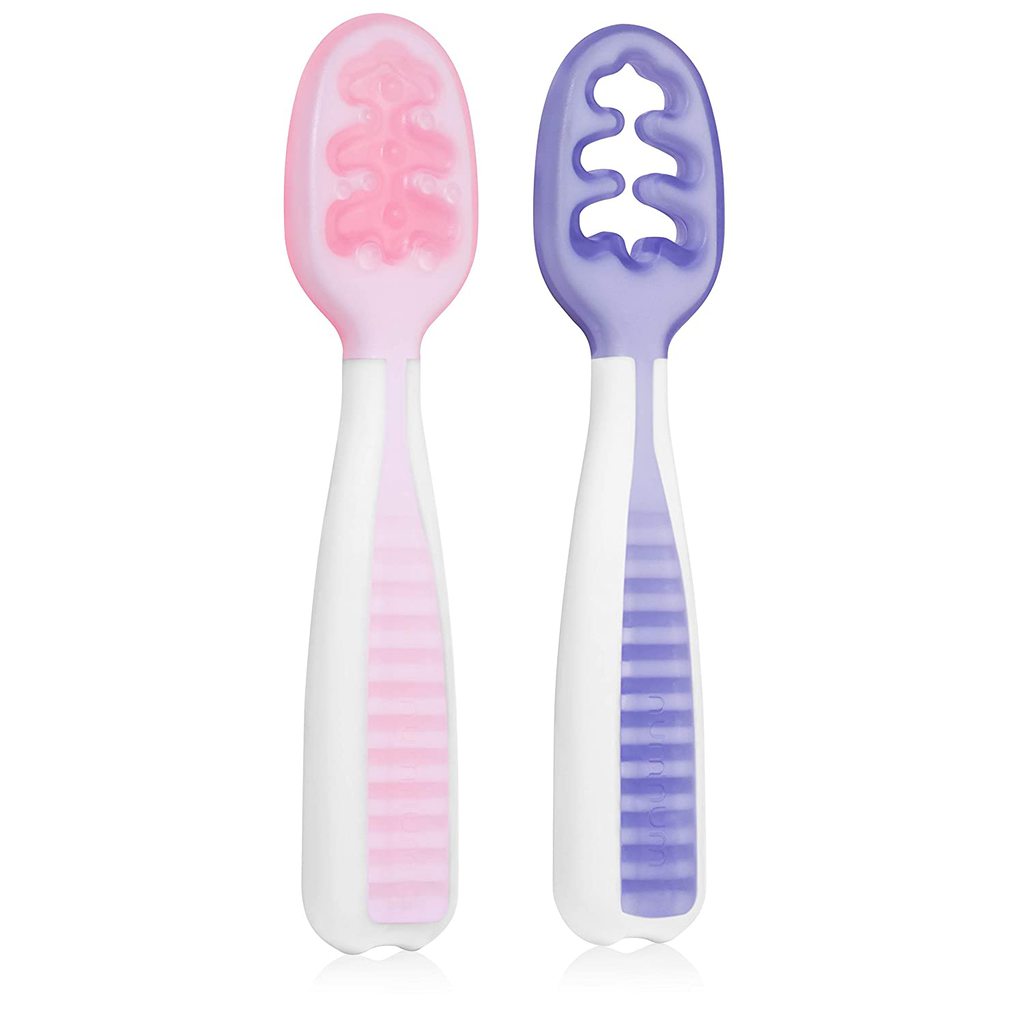

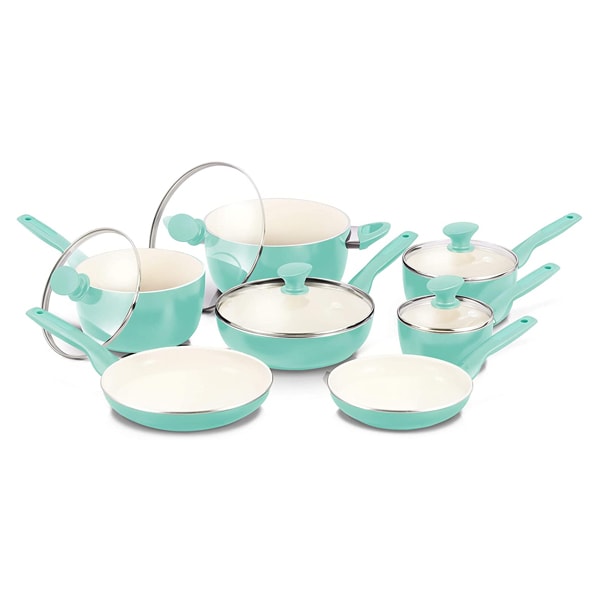
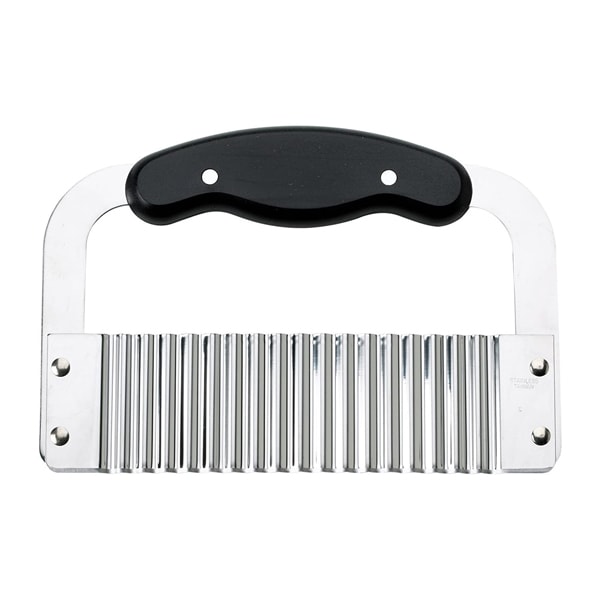
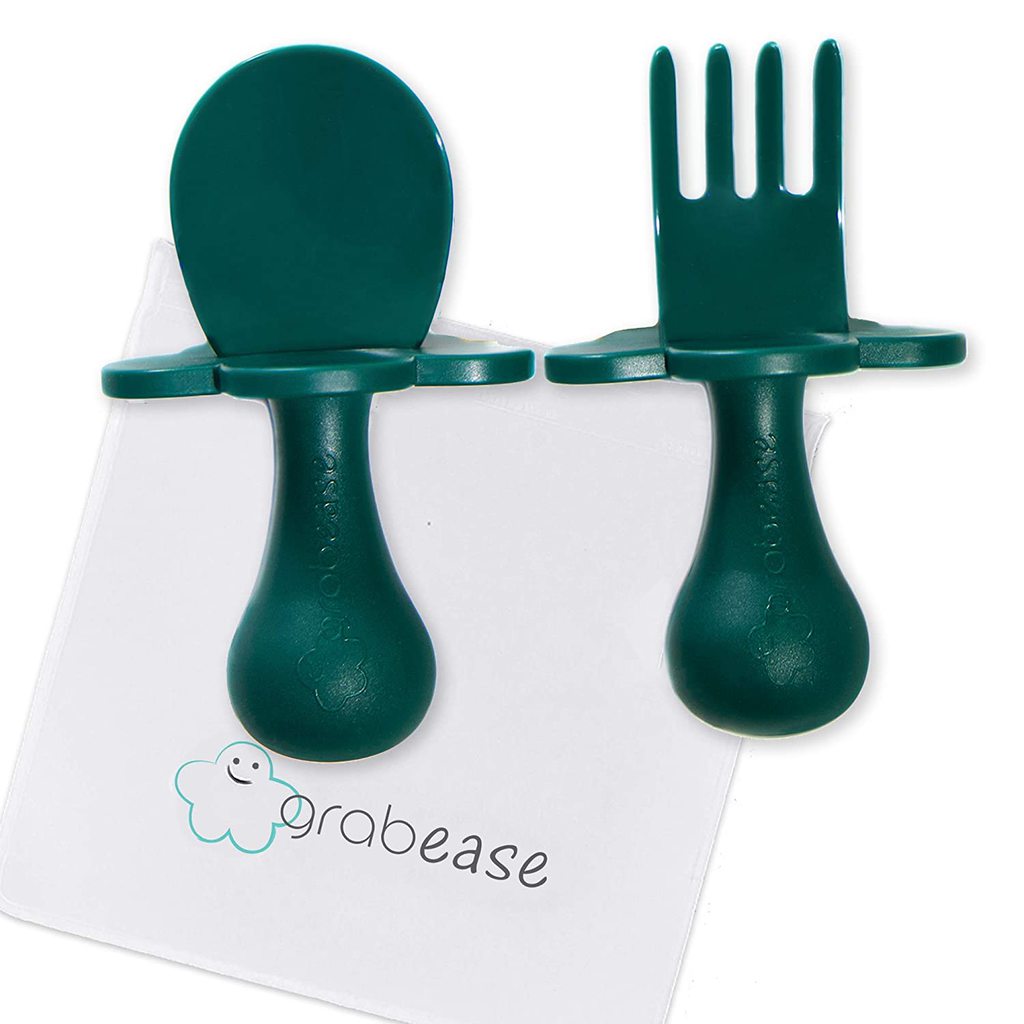
Top Tools for Baby-Led Weaning
While baby-led weaning is all about serving your baby the foods you are eating, you will need a few helpful items to really master feeding your baby with this style.
- Baking sheet: Most likely you already have these in your kitchen, but you will use them to roast and bake fruits and vegetables before you serve them to your baby.
- Saucepans: Another item you will most likely have in your kitchen. You will use this to cook harder produce so it’s soft enough for your baby to eat.
- Steamer insert with lid: I love my steamer insert and use it all the time. For baby, you will be using it to steam the fruit and veggies to make them soft enough to blend. You can also use these Two-Pack Vegetable Steamer Baskets instead of an insert. I do think the insert holds more produce than the baskets do.
- Sectioned plate: We love this sectioned plate because it has walls that help your baby be able to push food against to make it easier for them to pick up the food to eat it.
- Easy to hold fork and spoon: The larger bottoms on these spoons and forks make it easier for babies that are using their palmar grasp to hold onto their utensils.
- GOOtensils: Another great utensil that I highly recommend. The design of this spoon allows for a thicker puree such as yogurt, applesauce as well as mashed foods to stick to the spoon in the allotted spaces, making it easy for your baby to spoon-feed themselves these sometimes tricker foods.
- Wavy crinkle cutting tool: A great tool to have on hand when cutting finger foods like sweet potatoes, carrots, apples, mango, etc, that give these foods a little extra grip.
- Grape cutter: This tool makes it easy to cut grapes so they are less of a choking hazard.
